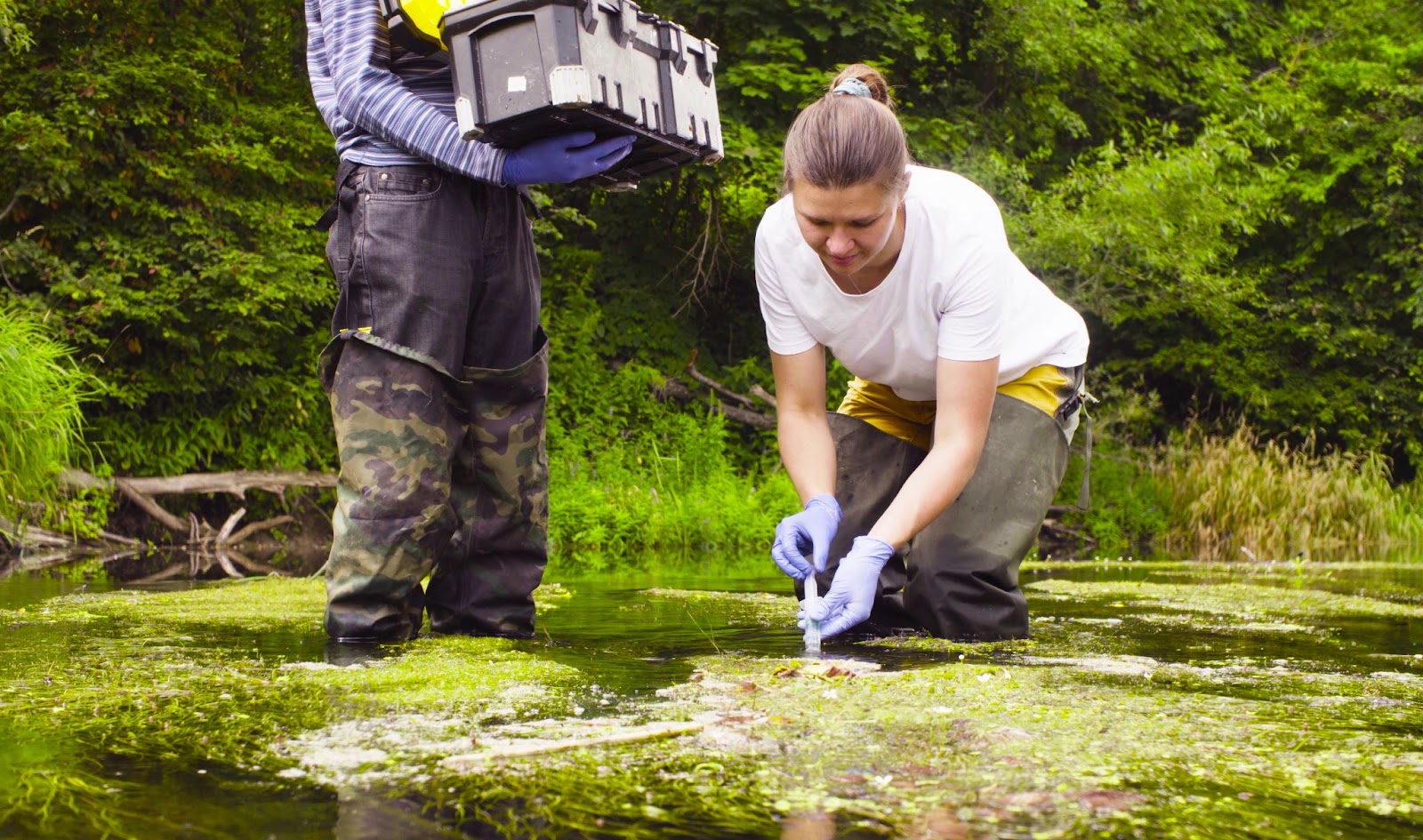ESS-DIVE is a freely accessible online platform, tool, and resource to store, share, and discover Environmental Systems Science (ESS) program data funded by the United States Department of Energy.

High-quality data at your fingertips
The amount and volume of Earth and ESS data has significantly increased, making it hard to find, store, and access. ESS-DIVE fills this gap by publishing and managing diverse datasets from interdisciplinary projects.
The simple, easy-to-use platform allows anyone to freely access critical data for analysis, visualization, and more. We provide resources that enable researchers to contribute high-quality and standardized data that future researchers can access, interpret and reuse.

At-A-Glance
Data contributors
Contributing Projects
Community webinars
Community events
Public datasets
Terabytes of data
Files
Public portals
National Energy Research Scientific Computing Center (NERSC)
National Center for Ecological Analysis and Synthesis (NCEAS)
Visit https://data.ess-dive.lbl.gov/profile for Summary Metrics of ESS-DIVE’s Data Holdings
Connecting community and building capacity

ESS-DIVE provides educational and community engagement opportunities to obtain feedback and help expedite data management and publication efforts. We help others understand the most up-to-date ESS research and contribute to advancing scientific knowledge. We offer a platform and tool with the following capabilities at no cost to users:
- Access a growing number of datasets
- Download data in a variety of commonly-used formats
- Archive, manage, and share data in consistent formats
- Collaborate with team members through dataset sharing
- Obtain digital object identifiers that can be used to cite and track usage of data
We’re committed to supporting Findable, Accessible, Interoperable, and Reusable (FAIR) data
Our dataset metadata requirements have been tailored to meet the needs of our community and we regularly review our processes for opportunities to optimize.
Our team reviews and provides feedback for each dataset that is submitted for publication to ensure that we have high-quality metadata. This process helps to make data more FAIR.
If you’re looking to search and use data, submit data, share data and join the community…
Then you are in the right place! Our aim is to become the preferred location for archiving, accessing, and learning about Earth and ESS data.
